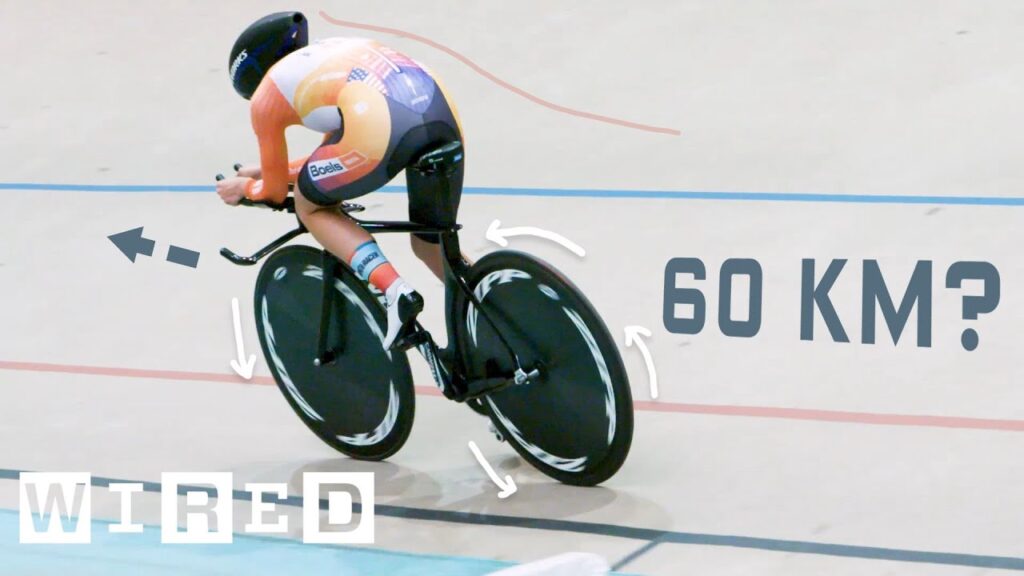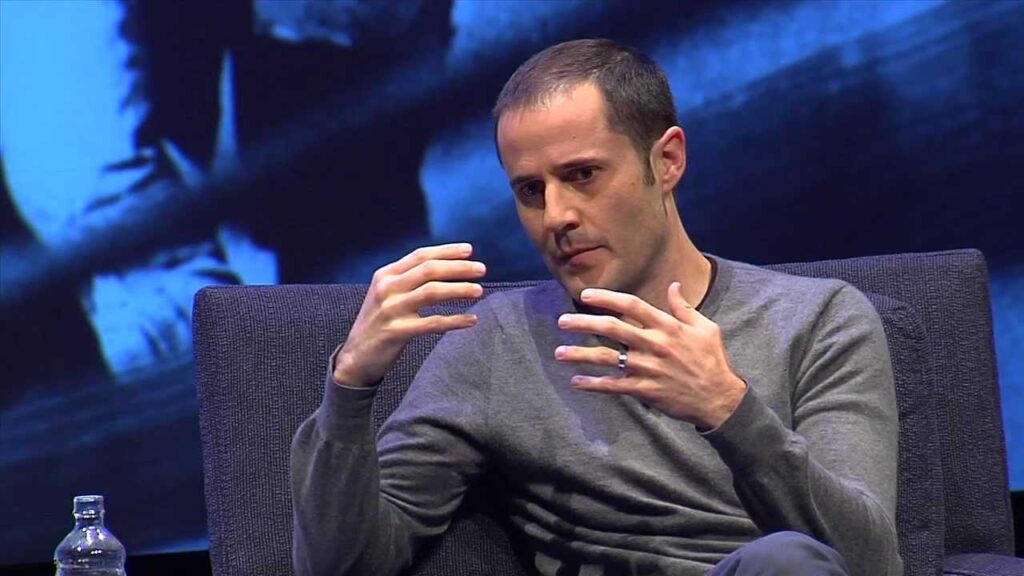The Lean Startup: Learning from Failure and Minimizing Risk
Summary
In this article, we discuss the Lean Startup method, which focuses on minimizing the risk of failure in startups. The method emphasizes the importance of figuring out what customers want and measuring progress and learning. It also includes certain rules such as iteration, pivoting, and minimum viable product. The core problem of a startup is not knowing who the customer is, and the unit of progress in a startup is learning. Anything that doesn’t contribute to learning is a form of waste.
Table of Contents
- Learning from Failure
- The Importance of Customer Feedback
- The Lean Startup Method
- The Scientific Method of Entrepreneurship
- Conclusion
Learning from Failure
The Lean Startup method was created by Eric Ries, who had experienced failure in his career. He had always believed that better technology would lead to better results, but he realized that most of the products he built were not being used by anyone. He then started to focus on figuring out what customers actually wanted and how to measure progress and learning. Ries acknowledges his first failure, there.co, which was a virtual community that debuted to no audience despite having a lot of money, big supporters, and talented staff. The speaker also reflects on their experience with failed startups and the lessons they learned from those failures.
The Importance of Customer Feedback
The core problem of a startup is not knowing who the customer is. The Lean Startup method emphasizes the importance of customer feedback and figuring out what customers actually want. The unit of progress in a startup is learning, and validated learning proves that you know what you’re talking about. The Lean Startup method minimizes the risk of failure by focusing on learning and measuring the right thing.
The Lean Startup Method
The Lean Startup method includes certain rules such as iteration, pivoting, and minimum viable product. Anything that doesn’t contribute to learning is a form of waste, including building too robust of a product or launching it too big in the presence of the press. The minimum viable product is often just an experiment that allows customers to sign up, and sometimes it’s as simple as a landing page experiment. The heart of the Lean Startup method is applying the scientific method to the process of entrepreneurship to learn faster.
The Scientific Method of Entrepreneurship
The set of principles taught in the Lean Startup method is about learning and measuring the right thing. The scientific method of entrepreneurship involves creating a hypothesis, testing that hypothesis, and then learning from the results. The Lean Startup method emphasizes the importance of measuring progress and learning, which minimizes the risk of failure.
Conclusion
In conclusion, the Lean Startup method is a valuable tool for minimizing the risk of failure in startups. By focusing on learning and measuring the right thing, startups can figure out what customers actually want and avoid wasting time and resources on products that won’t be used. The core problem of a startup is not knowing who the customer is, and the unit of progress in a startup is learning. The Lean Startup method emphasizes the importance of customer feedback and applying the scientific method to the process of entrepreneurship to learn faster.






